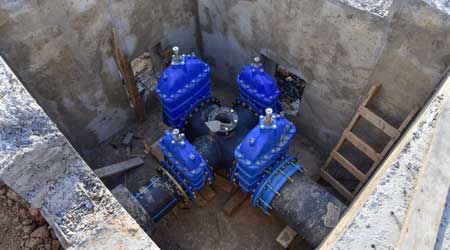
Tool Calculates Likely Coronavirus Exposure Rates in Rooms
January 21, 2021
An airflow modeling tool developed by the National Institute of Standards and Technology (NIST) can help facility managers calculate the concentration of aerosols potentially containing the novel coronavirus in a space. This in turn helps to clarify which factors can be manipulated to decrease the concentration of aerosols, and reduce occupant exposure risk.
Although specifics about aerosols containing the novel coronavirus are still being researched, NIST posits that using the parameters of aerosols containing influenza virus should behave similarly enough to make approximate calculations.
The Fate and Transport of Indoor Microbiological Aerosols (FaTIMA) tool is based on software that has been used for decades, CONTAM. It uses information about the spatial dimensions of a space, ventilation rates, air filter ratings, and the presence of portable air cleaners to calculate an individual's virus exposure for up to 24 hours. The tool can also calculate average, peak, and total exposure, as well as estimate how many aerosols have landed on the surfaces of the room.
The three main approaches to reduce indoor exposure to aerosols are to remove the source, dilute the space with clean air, or remove the aerosols with an air cleaner or through exhaust to the outside. NIST says the tool allows facility managers to evaluate the effects of all of those strategies in their space.
A report on the tool serves as a user guide.
Naomi Millán is senior editor of Building Operating Management.
Next
Read next on FacilitiesNet












